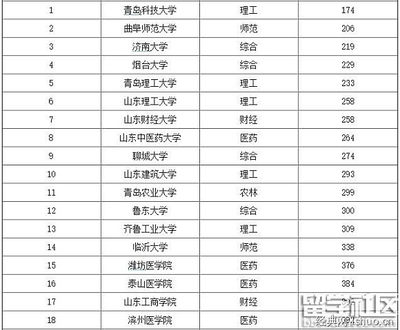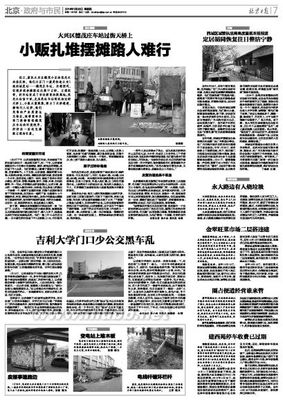利用词源记忆单词过程中,查词源字典是必须要做的工作,对于入门来讲,选择一本好的词典也是至关重要的,第一本字典选择不好有可能会打消词源记忆的积极性。在这里,我选择了三本词源字典做一下简单的比较,以方便大家区分使用。
第一本
Klein’s comprehensive etymologicaldictionary of the English language
该词典涵盖词汇量非常大,基本上我们能遇到的单词这里都有所讲解,但是相对来讲其专业性较强。涵盖语种比较多,而且希腊单词保留原来的希腊字母,没有改写成拉丁字母,不熟悉希腊字母的同学可能辨认起来很费力,举例如下:
See tr. And in--tr. V., to perceive withthe eyes. – ME.seen, sen, fr, OE. seon,rel. to OS., OHG. sehan, MHG., G.sehen, OFris. sia, MDu. Sien, Du. zien, ON. sja,Norw. sjaa, Dan.,Swed. se, Goth. saihan, and prob. Cogn. With Hitt. Sakwa-,’eye’;fr. Teut. Base *sehw-, corresponding to I.-E. base*seqw-, ‘to see’, which is etymologically identical with*seq w- in the sense ‘to point out, to say’. See say,v., and cp. Seem, sight.
第二个常用的就是
在线词源字典 http://www.etymonline.com/index.php

这本字典相对于kelin’s字典来讲,就简单易读,有其特有的专有词缩写,但是基本的思路比较清晰,学习起来比较方便,词之间的来龙去脉基本用句子连接贯穿起来了,但是对于初学者来讲也许不能清楚的理解其意义的发展与扩展。该词典的涵盖词汇量也很大。
See O.E. seon (contracted class V strong verb; pasttense seah, pp. sewen), from P.Gmc.*sekhwanan (cf. O.S., O.H.G.sehan, M.H.G., Ger.sehen, O.Fris. sia, M.Du. sien, O.N. sja, Goth. saihwan), from PIE base*sekw- "to see," which is "probably" the same basethat produced words for "say" in Greek and Latin, and also wordsfor "follow" (cf. L. sequor), but "opinions differ in regard to thesemantic starting-point and sequences" [Buck]. Thussee could originally mean "follow with theeyes." Used in M.E. to mean "behold in the imagination or in adream" (c.1200), "to recognize the force of (a demonstration),"also c.1200, "often with ref. to metaphorical light or eyes" [OED],and "to learn by reading" (early 15c.). Past tensesaw developed from O.E. pl.sawon.
第三本,也是我着重向初学者推荐的就是
Word Origins -The secret histories ofEnglish words from A to Z.
该字典的涵盖词汇量比较少,但是简单易懂,每个词的介绍都是一片小的段落,逻辑性较强,词义发展解读的跳跃性不大,能比较清晰地了解每个词的词义以及变体怎么发展的,对初步建立词源发展的思路有较好的帮助。
See English has two words see. The older is the verb,‘perceive visually’ [OE]. Like its Germanic cousins, Germansehen, Dutchzien, and Swedishand Danish se, itgoes back to a prehistoric *sekhwan, which was descendedfrom an Indo-European base *seq-. This may have been thesame *seq- thatproduced Latin sequī ‘follow’ (source of Englishsequence,sue, etc), inwhich case seewould denote etymologically ‘follow with the eyes’. See ‘diocese’ originallysignified ‘bishop’s throne’. It came via Anglo-Norman se from Vulgar Latin*sedem ‘seat’,descendant of classical Latin sēdem, the accusative case of sēdes ‘seat’. This in turn went back to theIndo- European base *sed- ‘sit’, which alsoproduced English sit.
SIGHT; SEAT, SIT
综合来讲,这三本词典都有着各自的优点,我认为对于初学者来讲word origins 是首选,同时结合在线词源字典,有一定的词源基础之时,慢慢的查阅kelin’s 词源词典,会有事半功倍的效果。
不妨试读我列出的每个词典的对“see”词源的解读,就可能会得到同我一样的看法。
 爱华网
爱华网



